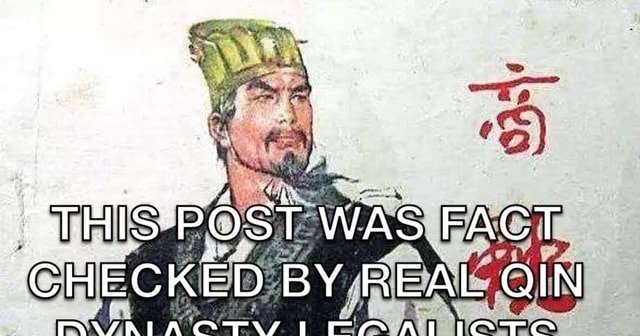In which our author even more firmly plants tongue in cheek
We return now to the annals of the State Commission on Proper GMing, which as you all know interprets, creates and enforces the laws agains...

jdcspot.blogspot.com
I read this one too!
To me it raised two questions:
(1) If a game's rule license GM force, does that make it not force anymore? My view is that force is still force even if the rules license it:
Force [is]the final authority that any person who is
not playing a particular player-character has over decisions and actions made by that player-character. . . . Force techniques include [action declaration and resolution] manipulation, fudged/ignored rolls, perception management, clue moving, scene framing as a form of reducing options, directions as to character's actions using voiced and unvoiced signals, modifying features of various NPCs during play, and authority over using textual rules. The Golden Rule of White Wolf games is, in application, a mandate for Force.
[Quoted from
here.]
So, for example, the blog quotes D&D rules that say the GM can always plan/place encounters rather than roll for the; but in a dungeon crawl where this is done in lieu of orthodox wandering monster checks, I would still consider this a form of force (namely, the use of scene framing as a form of reducing options).
(2) If the GM is upfront about their use of force, is it still railroading? My view is
yes, although if the players go along with it then I would say that it is now "participationist" play, rather than "illusionist" play. Those aren't particularly terms of art (unlike "force"), and this is probably a matter of degree: eg when I play CoC I expect the GM to use force, especially in scene-framing and clue moving, to keep the game on the rails, and so in that sense play is "participationist"; but it helps with engagement and immersion if the GM is at least a bit coy about when they do this, which makes play to that extent "illusionistic".
I think there is a widespread view that, if RPGing is not to be pretty wargame-y, some degree of illusionism is necessary. I don't agree, which is why I am rather comfortable with my fairly inclusive view of what constitutes a railroad.

 jdcspot.blogspot.com
jdcspot.blogspot.com


